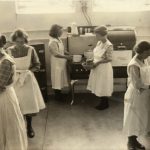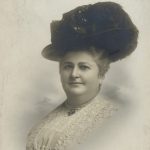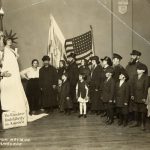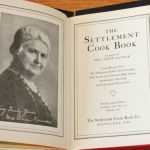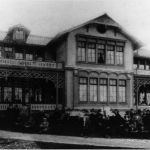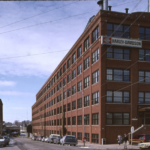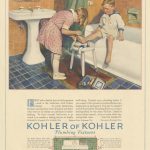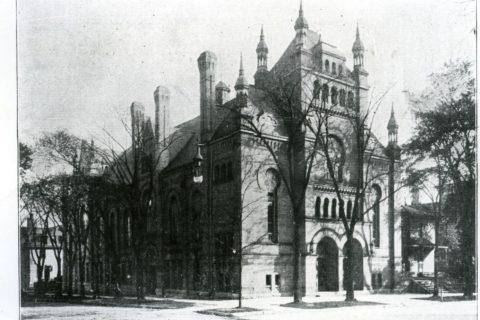
Having outgrown the basement of Temple B’ne Jeshurun, the mission moved to an old house at 507 Fifth Street in 1900. It was simply called “The Settlement.” Programs expanded as space and resources did—the building was busy from 9:00 a.m. to 11:00 p.m. with manual training and sewing classes, the cooking school, debating societies, literary clubs, a bank, a public library branch, and a night school for more than 200 students.
The Settlement, however, was quickly outgrowing its resources. What started as classes held in a basement had expanded to a house in the Second Ward of the city, but supplies still depended on interested benefactors. Lizzie Black Kander was an excellent fundraiser, but she desired that the Settlement become fiscally self-sufficient and not rely on the kindness of others.
A friend of Kander’s, Augusta “Gussie” Stark Yewdale, convinced her husband, Merton H. Yewdale to print the collection of recipes and cooking lessons for $18—just under $500 after adjusting for inflation. Yewdale was president of one of the largest printing houses in the state, J. H. Yewdale & Sons.
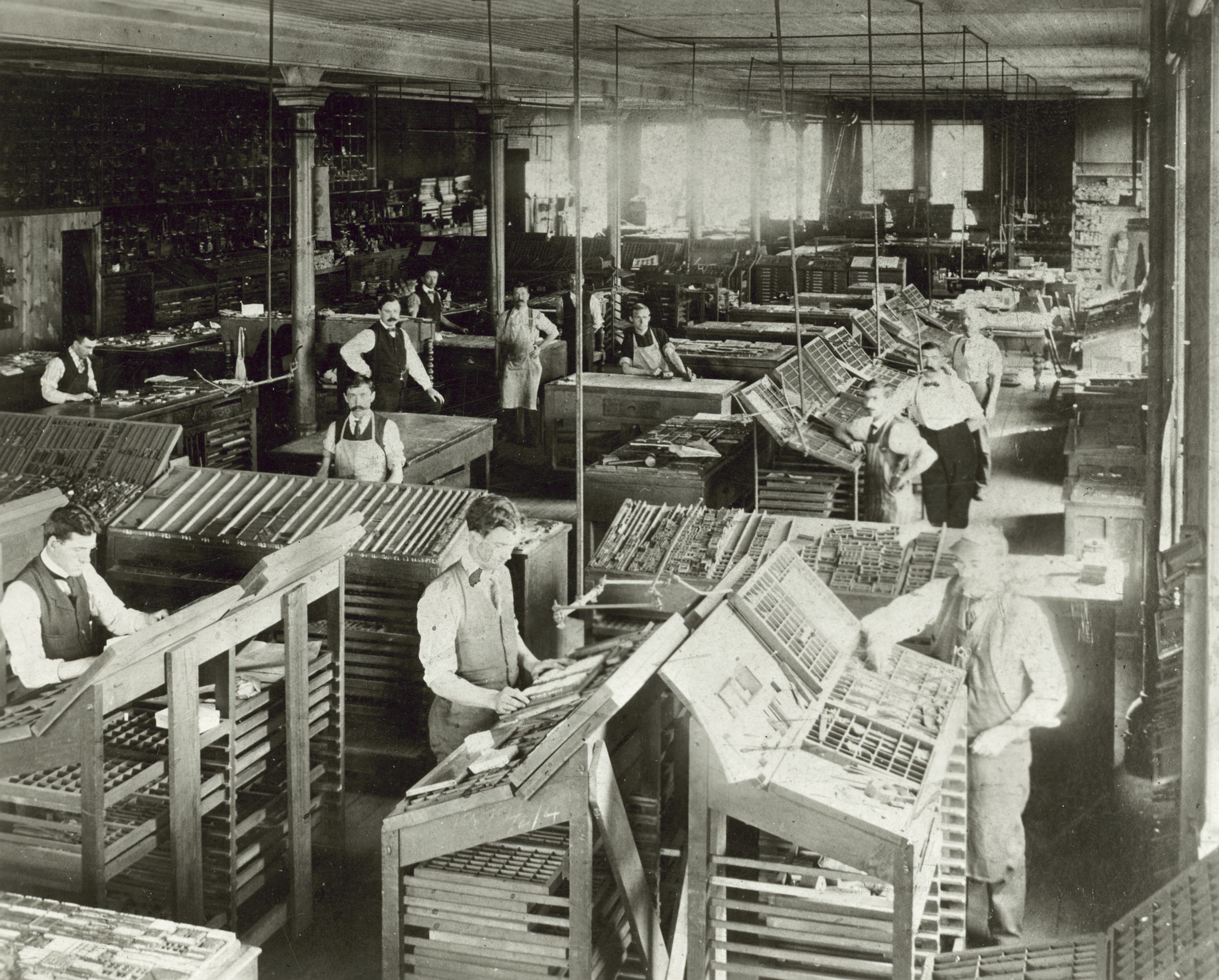
When Kander and the cookbook committee approached the Settlement’s (all male) Board of Directors requesting the funds she required for a collection of recipes, the Board dismissed the request—the money could not be spared. However, they welcomed the idea of being the recipient of any proceeds collected from Kander’s book.
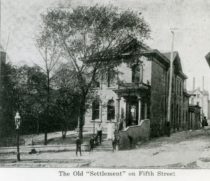
Determined to see the cookbook project through, Kander and the publisher, Merton Yewdale, approached local businesses in the German-Jewish community to purchase advertisement space that might fund the small book. Of the first edition’s 174 pages, just under 20 pages were advertisements that made the printing possible. “Soon after, the 1,000 copies of the first edition became a household staple – selling out within the year.”
It is probable that it would have been “unladylike” for women at the turn of the century to admit to wanting to profit from a cookbook. Kander herself explained that the students in her cooking classes spent too much time copying down recipes and instructions from the blackboard, and for the sake of efficiency (Kander wanted her pupils home before dark), a printed recipe book was necessary. Moreover, Kander believed that her students and their Old World parents would pay attention to the written word better than the spoken word. Putting her instructions in print would hold more authority than her verbal directives from class.

In 1907, The Settlement Cook Book printed in its 3rd edition, the Settlement House relocated to a larger place. The new location was four doors south of its original 5th street home, near the Jung Brewery which also gave them access to hot water for baths. Kander knew that the future success of the settlement house hinged on procuring their own building, making the Settlement less vulnerable to a landlord who might revoke their lease at any time. The Settlement moved again in 1911 when profits from the cookbook secured a lot for the new mission located at North and Sherman. The building would be named the Abraham Lincoln House. A first edition of The Settlement Cook Book was placed in the cornerstone of building.
Written by Elizabeth Matelski, May 2017.
